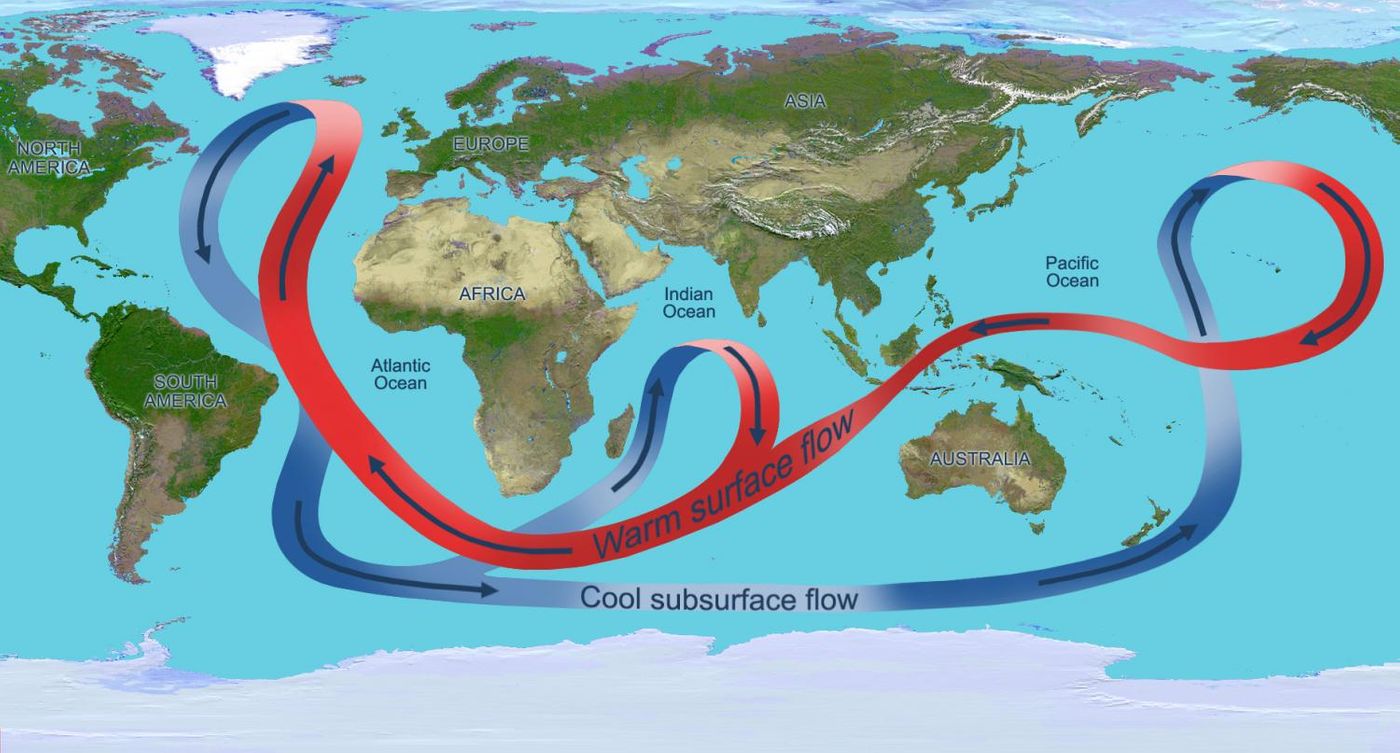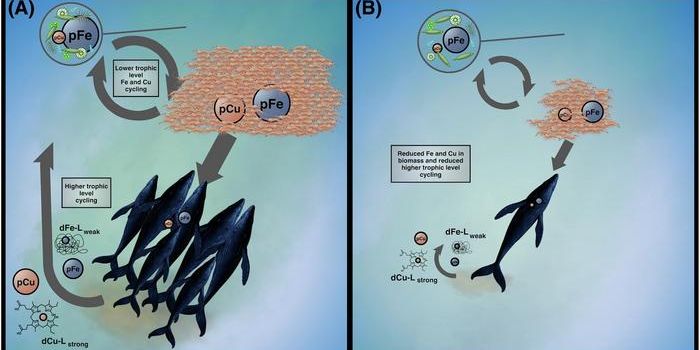How are ocean currents and rainfall connected?
A new study published in the journal Nature Communications sheds light on the interconnectedness of ocean currents and rainfall. A team of scientists from The University of Texas at Austin determined that changes in currents in the Atlantic Ocean affect rainfall in the Western Hemisphere and have for the past several thousand years. This has a big implication because it means we could study the historical pattern in order to better understand what to expect in the future.
"The mechanisms that seem to be driving this correlation [in the past] are the same that are at play in modern data as well," said lead author Kaustubh Thirumalai. "The Atlantic Ocean surface circulation, and however that changes, has implications for how the rainfall changes on continents."
In order to figure out this correlation, the researchers analyzed sediment cores from the seafloor of the Gulf of Mexico to track changes in ocean circulation. The cores told them about the temperature and salinity of the ocean in 30-year increments. In total, the three sediment cores gave them a glimpse of what the ocean currents looked like over the last 4,400 years. With those 30-year increments, says Thirumalai, we can tell what currents looked like on the basis of 100-year changes. "And the question we decided to ask was what can those reconstructions of temperature and salinity tell us about the greater Atlantic Ocean surface circulation."
The scientists used several records in order to conduct their study. They compared the sediment core data with existing data from tree rings and cave formations; they also looked a climate model from the Max-Planck Institute for Meteorology to see the correlation between currents and rainfall and analyzed data on the temperature and salinity of the Gulf and rainfall in the Western Hemisphere from the last 100 years.
They determined that the Atlantic Ocean surface circulation was much weaker during the Little Ice Age (which took place from 1450-1850) than it is today. Ocean surface circulation influences the planet’s global climate patterns by circulating warm water from the tropics towards the poles. But how, the scientists wondered, does it affect rainfall in the Western Hemisphere?
They found significant similarities. "It was remarkable," Thirumalai said. "These patterns that are based on decadal analysis of modern data, and then the hydroclimate proxies that give the salinity of the oceans and the rainfall on land seem to show the same picture."
This gives science a baseline for understanding and predicting future salinity and temperature changes, and the influences that those changes will have on rainfall. That information could be a crucial part of the puzzle to learning to live on our planet in a climate-changing world.
Sources: Science Daily, Nature Communications









